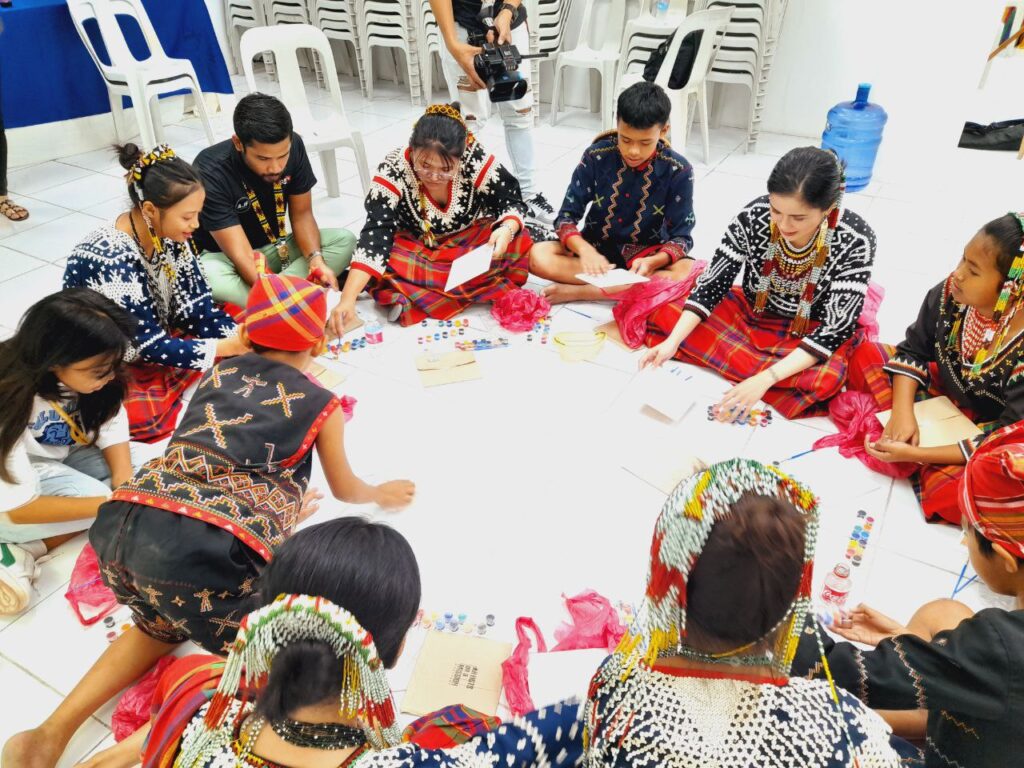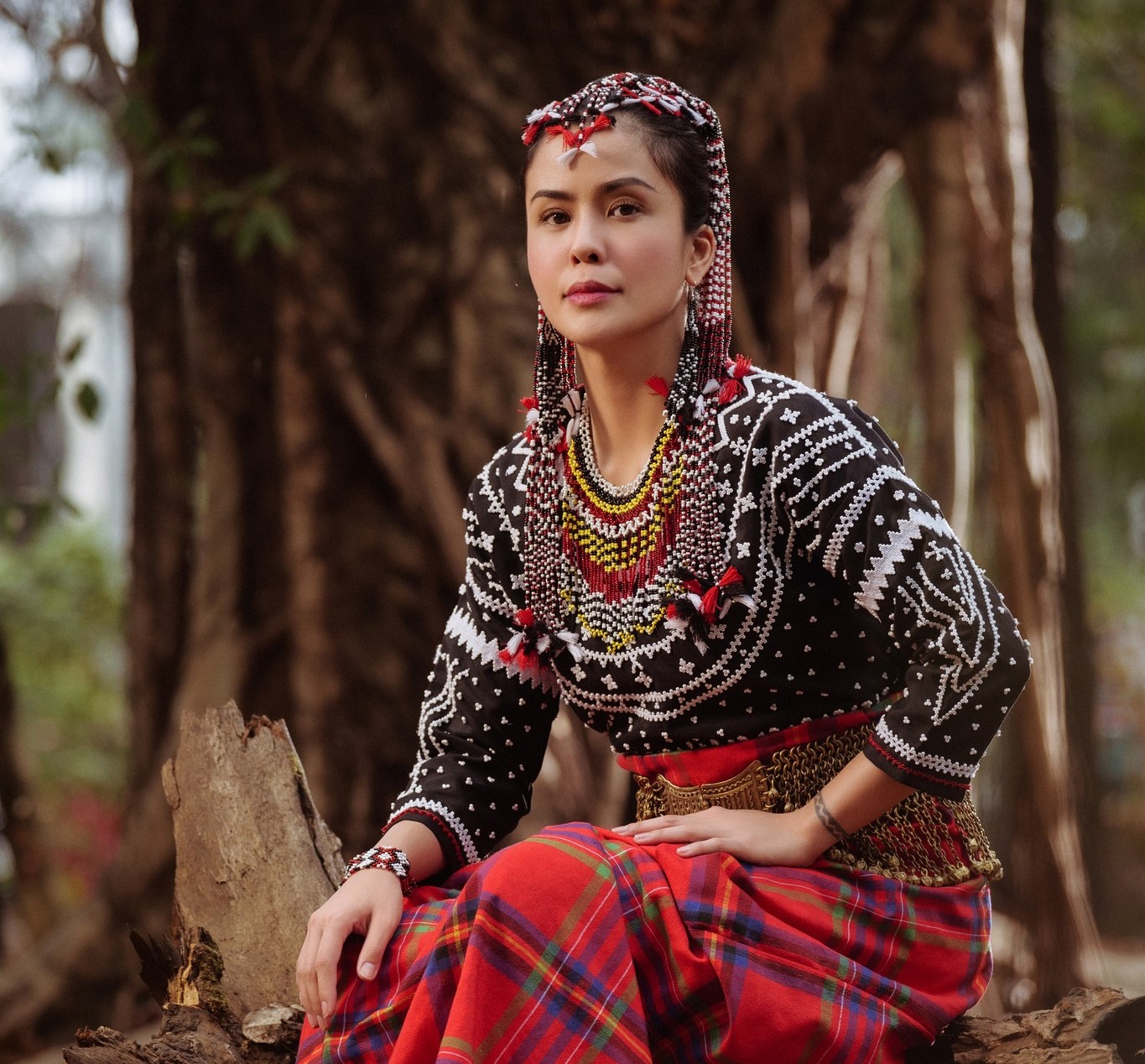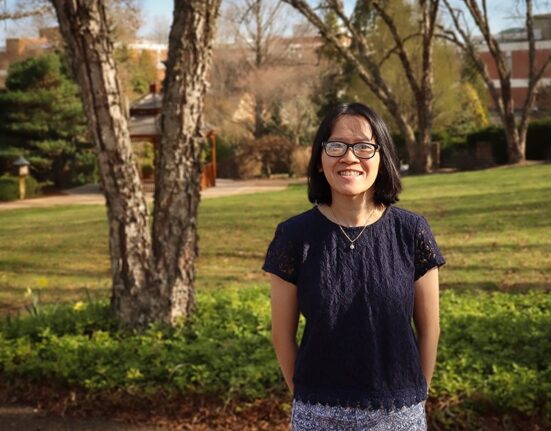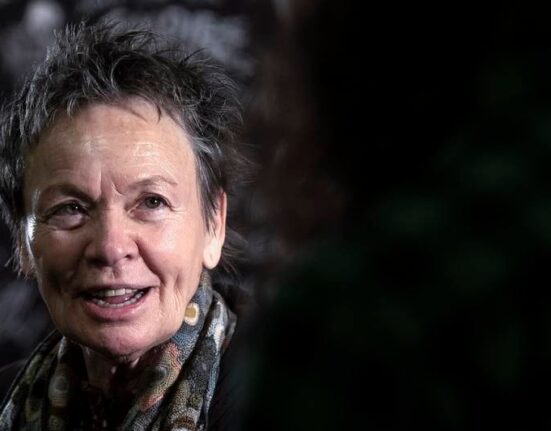
“As a child, I dreamed of becoming a Disney Princess, but God had a higher plan for me—to be a Blaan Princess. The Blaan tribe adopted me and gave me the name Bai Mebe Kasbakas (Princess Leading Unity), which I believe was inspired by the Holy Spirit. It was indeed a blessed day.”
Visual artist Kristine Soguilon-Lim shared this message when she posted about the Blaan tribe, which adopted her as their princess. The tribal council of elders granted her the Bai Mebe Kasbakas title in recognition of her contributions to empowering, promoting the welfare and development of indigenous communities, and preserving their traditions.
The Blaan people, indigenous to what is now General Santos City, have a rich history intertwined with the Tboli tribe. Their name means “our counterpart tribe.” Traditionally, the Blaan lived in the plains, mountains, and near the ocean. Spanish missionaries first documented them, observing their settlements throughout Mindanao, particularly in central and southern regions.
From the 15th to 19th centuries, with the advent of Islam, the Blaan began moving from coastal areas to the hills, and the Tbolis were pushed deeper into the mountains of Cotabato. The Blaan governed “Snalu Ilib,” a place in front of a cave that served as their central gathering and governance site. In 1898, conflicts erupted between the indigenous peoples and the Moros (Muslims), lasting two years.

Despite these conflicts, both groups managed to coexist peacefully. This peace was solidified during a conference, known as “dad fulung,” organized by Datu Lumbos Calatao with Datu Ingkong, and Datu Saliwane Lumbos.
The first Christian settler in the area was Alberto Olarte, who arrived in 1925 from Baseo, Spain, via Manila. Olarte married a Blaan woman and introduced Christianity to the region. In 1939, the National Land Settlement Administration (NLSA), led by General Paulino T. Santos, established four settlement districts in the area now known as General Santos City. These districts—Marbel, Tupi, Polomolok, and Lagao—later became part of Northern, Middle, and Southern Koronadal in Cotabato Province.
The Blaan people in General Santos City have faced significant challenges in reclaiming their ancestral lands. Despite being granted the Certificate of Ancestral Domain Title (CADT), issues such as overlapping claims and access barriers persist. The City Government of General Santos reports ongoing struggles for ancestral rights, as outlined in the Indigenous Peoples Rights Act (IPRA) law. This legal framework aims to protect indigenous communities’ rights to self-governance, ancestral domains, cultural preservation, and social justice.
Despite numerous setbacks, the Blaan people continue their fight to safeguard their cultural heritage amidst historical displacement and ongoing obstacles. Their enduring journey represents a complex but resilient quest for recognition and justice in the face of modern challenges.

As a proud woman with indigenous Filipino roots and part of the military, Kristine has projects lined up to collaborate with the Philippine Navy, AFP, and indigenous leaders. Her vision is to empower these groups and ensure their integral role in the Philippines’ development.
Kristine, also known as “Artist on a Mission,” was also honored as “Ambassador of Arts and Culture, and Indigenous People” by Gawad Pilipino, a title she holds dear. She is proud of her indigenous roots, with ancestors from Panay.
The artist’s maiden surname, Soguilon, means “story” in Visayan, highlighting the sacred duty of recounting true events and sharing untold secrets. Her surname, believed to be of Filipino indigenous origin, was likely kept by the baptized Ati tribe members who welcomed Spanish colonizers.






